Significance
Chih-Nan Temple is also commonly known as the Immortal Grandfather (xiāngōng) Temple. The name refers to its main deity, Taoist Patriarch Lu Chunyang. During the era of Japanese rule over Taiwan, Chih-Nan Temple began following the Phoenix Hall branch of Taoism (also known as Luanism) and became very active in promoting it in the greater Taipei area. At that time, the worshippers and administrators of Chih-Nan Temple largely hailed from prominent Taiwanese families. The Principle (chúnyang) Hall, the temple’s central structure, has been renovated many times throughout its history. The current layout is one of the later works of Chen Ying-Bin (1864 – 1944), the famous master of Zhangzhou-style carpentry who was the guiding hand of many of Taiwan’s leading Taoist temples.
History
The name Immortal Grandfather (xiāngōng) Temple refers to one of the Eight Immortals of Chinese legend, Lu Dongbin, also known as Patriarch Lu Chunyang. In 1882, Wang Bin-Lin (birth and death unknown), the newly-appointed County Magistrate of Danshui , came to Taiwan and brought with him a holy statue of Lu Dongbin from Yongle Palace, a temple complex in Ruicheng County, Shanxi Province. The deity’s statue was placed at the Yuqing Shrine in Bangka (now Wanhua District). Later, when an epidemic raged through Taipei’s Jingmei District, local gentry relocated the statue of Patriarch Lu there to ward off further infection. As a token of their gratitude, residents built a temple in 1890 at the location of what is now Chih-Nan Temple in Muzha District. The temple eventually began following the Phoenix Hall School of Taoism (Luanism), which is centered on a planchette-writing, or spirit-writing, folk ritual known as fúluán that allows individuals to communicate with the deities. As the number of its followers grew, the temple underwent several reconstructions to eventually become a grand monastery of Confucianism, Taoism, and Buddhism.
Special Features
1Layout of the Principle (chúnyáng) Hall The Principle (chúnyáng) Hall has gone through multiple renovations since its first construction over 120 years ago. The current three-level structure and layout were designed by Chen Ying-Bin (1864 – 1944), a famous master of the Zhangzhou style of carpentry. Chih-Nan Temple’s Principle Hall is one of the definitive works of Master Chen’s later years. For its final 1992 renovation, marble was chosen for the exterior of the hall due to its strength and durability. The roof was reconstructed using bronze roofing tiles. The hall’s interior features Taiwan Incense Cedar, bluestone, and bronze tiles. The lifelike dragon columns inside the hall were carved in Quanzhou City, China and shipped to the temple after completion.
The Principle (chúnyáng) Hall has gone through multiple renovations since its first construction over 120 years ago. The current three-level structure and layout were designed by Chen Ying-Bin (1864 – 1944), a famous master of the Zhangzhou style of carpentry. Chih-Nan Temple’s Principle Hall is one of the definitive works of Master Chen’s later years. For its final 1992 renovation, marble was chosen for the exterior of the hall due to its strength and durability. The roof was reconstructed using bronze roofing tiles. The hall’s interior features Taiwan Incense Cedar, bluestone, and bronze tiles. The lifelike dragon columns inside the hall were carved in Quanzhou City, China and shipped to the temple after completion.
2The Sanchuan (front) Gate
 The majestic Sanchuan (front) Gate towering over the Principle (chúnyáng) Hall serves as a landmark for visitors to follow as they climb up the mountain. Upon its green granite surface are carved many figures from Chinese legends, including Seal Guardians, Sword Guardians, Flower Servers, Tea Servers, Door Gods, Parade Guards, and Temple Musicians. Two carved dragons can be seen on the roof of the gate guarding a fiery pearl in the center. On either side, phoenixes rear up in fury at the ends of the upward-curving swallowtail roof ridge. The gate also features six carved stone dragon columns—two columns are wound about with two dragons fighting over a pearl, another two feature people, warhorses, birds, and fishes on their lower halves, and the final two columns are decorated with flowers, greenery, and animals. All of the columns display lifelike imagery in painstakingly intricate detail, down to every last dragon whisker and feather.
The majestic Sanchuan (front) Gate towering over the Principle (chúnyáng) Hall serves as a landmark for visitors to follow as they climb up the mountain. Upon its green granite surface are carved many figures from Chinese legends, including Seal Guardians, Sword Guardians, Flower Servers, Tea Servers, Door Gods, Parade Guards, and Temple Musicians. Two carved dragons can be seen on the roof of the gate guarding a fiery pearl in the center. On either side, phoenixes rear up in fury at the ends of the upward-curving swallowtail roof ridge. The gate also features six carved stone dragon columns—two columns are wound about with two dragons fighting over a pearl, another two feature people, warhorses, birds, and fishes on their lower halves, and the final two columns are decorated with flowers, greenery, and animals. All of the columns display lifelike imagery in painstakingly intricate detail, down to every last dragon whisker and feather.
3“Most Spiritual Mountain in the World” Chih-Nan Temple prides itself on being located on the most spiritual mountain in the world. This declaration stems from 1991, when Kao Chung-Hsing was nominated to be the President of the Religionist Association of the Republic of China , and religious leaders of many of the world’s great religions—Buddhism, Taoism, Catholicism, Christianity, Islam, Tiandiism , and Yiguandao —were invited to meet at Chih-Nan Temple. The leaders were unanimously impressed by the temple’s ideal geographic location and the extraordinary view from the mountain, naming it “the most spiritual mountain in the world.” This eulogy is carved into a plaque hanging over the Principle Hall.
Chih-Nan Temple prides itself on being located on the most spiritual mountain in the world. This declaration stems from 1991, when Kao Chung-Hsing was nominated to be the President of the Religionist Association of the Republic of China , and religious leaders of many of the world’s great religions—Buddhism, Taoism, Catholicism, Christianity, Islam, Tiandiism , and Yiguandao —were invited to meet at Chih-Nan Temple. The leaders were unanimously impressed by the temple’s ideal geographic location and the extraordinary view from the mountain, naming it “the most spiritual mountain in the world.” This eulogy is carved into a plaque hanging over the Principle Hall.
4Layout of Lingxiao Hall Of the four halls of Chih-Nan Temple (the Principal Hall, Dacheng Hall, Lingxiao Hall, and the Main Hall), Lingxiao Hall is the one located highest on the mountain. The design of its highest rooftop is done in the style commonly employed in Southern China’s Minnan Culture, with carved dragons, phoenixes, and floating pearls. The second layer of the roof features a more northern design, complete with animal figures and deities on clouds. The wall decorations and dragon columns were carved out of rare high-quality andesite (also known as Guanyin Stone, from its source at Guanyin Mountain). The otherwise austere carvings are ornamented with gold lacquer accents, causing them to glimmer from a distance. In the 1969 Hollywood movie The Chairman, Lingxiao Hall was used as the set for Mao Zedong’s palatial summer retreat. The movie starred Gregory Peck, who was later known for his roles in Roman Holiday and To Kill a Mockingbird.
Of the four halls of Chih-Nan Temple (the Principal Hall, Dacheng Hall, Lingxiao Hall, and the Main Hall), Lingxiao Hall is the one located highest on the mountain. The design of its highest rooftop is done in the style commonly employed in Southern China’s Minnan Culture, with carved dragons, phoenixes, and floating pearls. The second layer of the roof features a more northern design, complete with animal figures and deities on clouds. The wall decorations and dragon columns were carved out of rare high-quality andesite (also known as Guanyin Stone, from its source at Guanyin Mountain). The otherwise austere carvings are ornamented with gold lacquer accents, causing them to glimmer from a distance. In the 1969 Hollywood movie The Chairman, Lingxiao Hall was used as the set for Mao Zedong’s palatial summer retreat. The movie starred Gregory Peck, who was later known for his roles in Roman Holiday and To Kill a Mockingbird.
Reminders
In the past, visitors must climb up the mountain and enter Chih-Nan Temple from the front gate. After the Maokong Gondola opened, visitors can now enter the temple via the back gates by getting off at the Chih-Nan Temple Station and following the Ying Sin Pavilion to Chih-Nan Temple. In the afternoons, beautiful photos can be taken in front of the Principle (chúnyáng) Hall, which overlooks the greater Taipei area and a magnificent sunset.
Panoramic
Directions